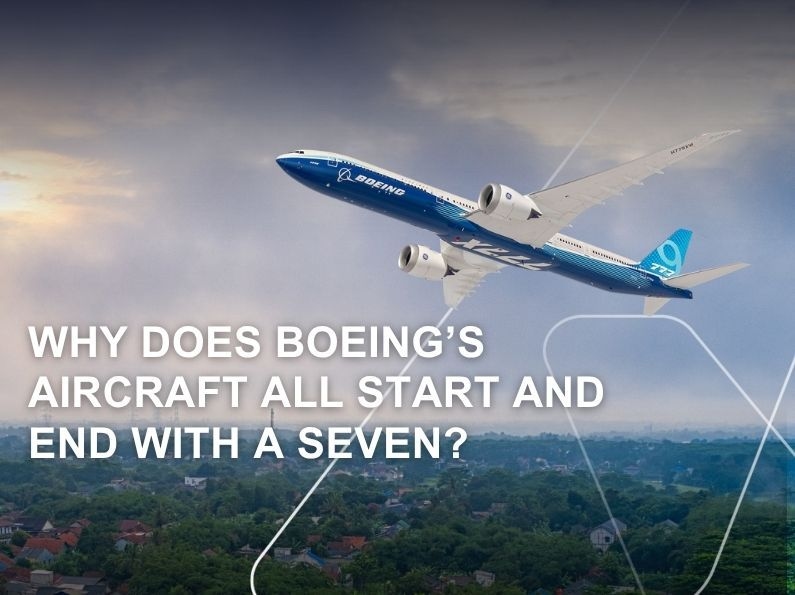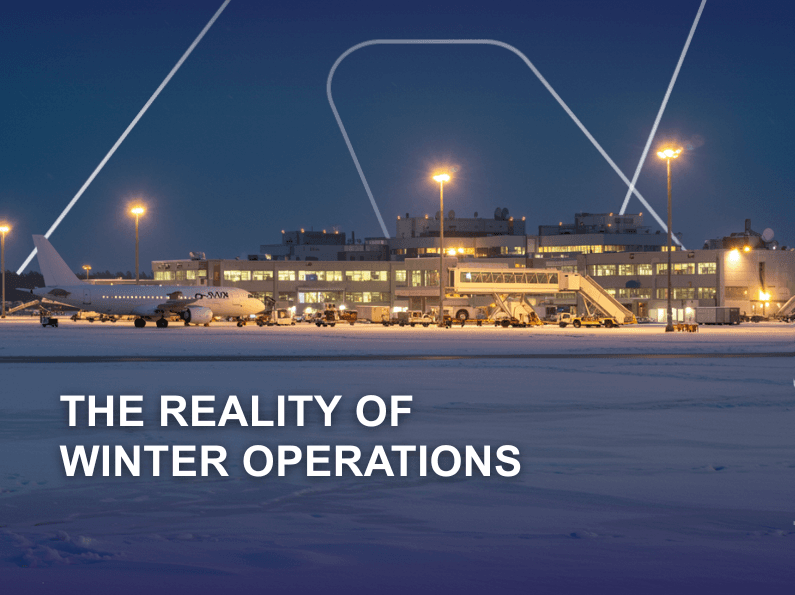Why does Boeing’s Aircraft All Start and End with a Seven?

Boeing’s aircraft names may seem like random numbers: 737, 747, 777 etc., but there’s actually a clever system and a fascinating bit of history behind it. Let’s break down the logic, the marketing genius, and why it still matters today.
🧩 The 7x7 Pattern and How It All Began
The famous “7x7” naming system dates back to the 1950s, when Boeing was preparing to launch its first commercial jetliner. At the time, Boeing’s internal numbering already used “100–600” for military and missile projects. When the next available block (the 700 series) opened up, it was assigned to commercial jets.
Their first jet, the Boeing 700, didn’t quite sound right from a marketing standpoint. So, after some internal debate, “707” was chosen as it simply sounded better and more futuristic. The pattern stuck, and Boeing’s commercial lineup has followed suit ever since: 707, 727…… 787.
💡 The Power of Marketing and an Evolving Brand Identity
While engineers defined the performance, Boeing’s marketing team defined the personality. The choice of “707” was more than just a number. It was a brand identity. It sounded sleek, symmetrical, and modern which was a perfect reflection of the Jet Age that was just beginning.
As the decades passed, Boeing continued to enhance the emotional appeal of its model names with branding additions like:
- “Jumbo Jet” for the 747, the world’s first wide-body airliner.
- “Dreamliner” for the 787, symbolizing next-generation comfort and efficiency.
- “MAX” for the 737’s latest series, short for “Maximum Advantage,” emphasizing performance and innovation.
🧭 Why this Matters?
At MHC Aviation, we have a deep appreciation for aviation’s heritage, the traditions, innovation, and attention to detail that have shaped the industry.
As global pilot job growth continues to rise and airlines expand their fleets, the demand for skilled professionals has never been higher. That’s where we come in.
We connect aviation talent with top-tier airlines and operators worldwide, sourcing experienced flight crew, cabin crew, and maintenance engineers who keep flights running safely and efficiently.
But our role goes far beyond recruitment. With our in-house payroll systems, HR systems and proprietary IT technology, MHC delivers seamless payroll, compliance, and workforce management solutions that simplify operations for airlines and aviation service companies.
We’re proud to support the industry’s growth by helping airlines find, manage, and retain the people who keep aviation moving forward, from the cockpit to the cabin, and everywhere in between.



